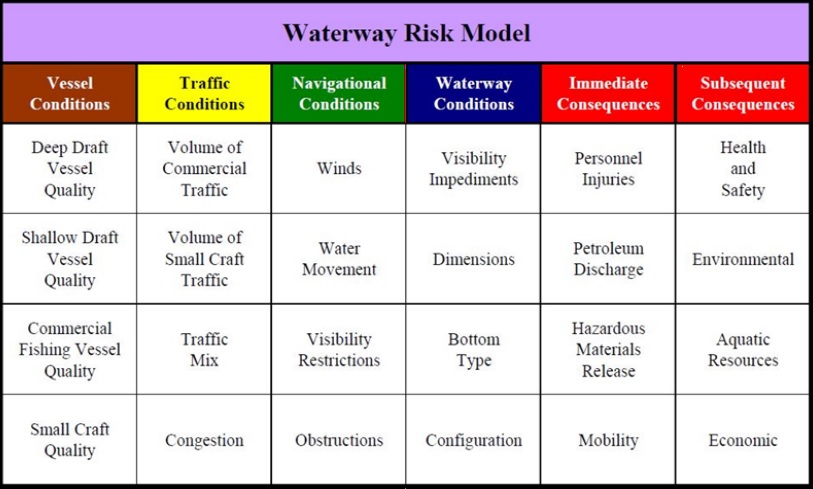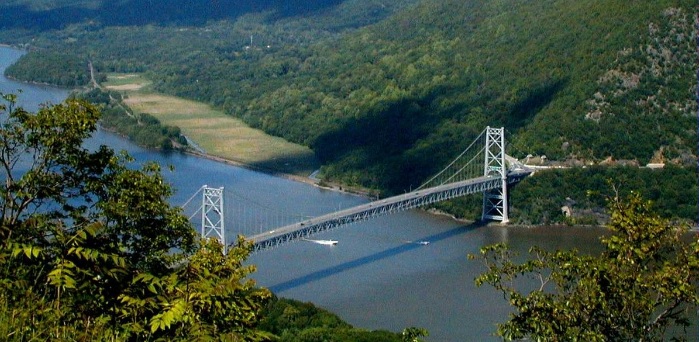The US Coast Guard published the Hudson River Ports and Waterways Safety Assessment (PAWSA) report from the workshops held in Poughkeepsie and Albany in November last year. The PAWSA workshops were held to provide stakeholders an opportunity to assist the Coast Guard in understanding navigation safety and environmental concerns on the Hudson River.
Namely, the goals of the workshop were to further the Marine Transportation System objective of improved coordination and cooperation between government and the private sector, and to involve stakeholders in decisions affecting them. A PAWSA also provides the Coast Guard and members of the waterway community with an effective tool to evaluate risk and work toward long term solutions tailored to local circumstances that are both cost effective and meet the needs of waterway users and stakeholders.
In support of this goal, this report should be viewed as a starting point for continuing dialogue within the Hudson River maritime community.
The PAWSA Waterway Risk Model includes variables dealing with both the causes of waterway casualties and their consequences. In the Waterway Risk Model, risk is defined as a function of the probability of a casualty and its consequences. The diagram below shows the six general risk categories, and corresponding risk factors, that make up the Waterway Risk Model.

After workshop participants considered existing risks and mitigations, the highest areas of concern (and scores) included:
- Small Craft Quality (8.5);
- Petroleum Discharge (8.0);
- Economic (7.6);
- Obstructions (7.1);
- Aquatic Resources (6.9); and
- Visibility Restrictions (6.6).
Recommendations
- To create a Hudson River Safety Committee (HRSC): The HRSC will provide a forum for relevant stakeholders to address concerns identified by the PAWSA with non-regulatory action, collaboration, and coordination. Although still in development, the HRSC has already held three meetings with successful outcomes and is bringing diverse stakeholders together to discuss safety and environmental interests pertinent to Hudson River waterway users and communities.
- To increase recreational boating safety information: The Coast Guard plans to continue boating safety education efforts, to include coordination with State and local agencies. At the request of PAWSA participants, the Coast Guard plans to increase patrol presence on the Hudson River.
- To clarify and remove ambiguity from current regulations: Through the PAWSA, USCG identified ambiguity in existing Hudson River anchorage regulations and is currently reviewing options to address this issue.
Rear Admiral Steven Poulin, First Coast Guard District Commander, said:
We will take full advantage of the stakeholder partnerships gained through the two PAWSA workshops, and work with the HRSC to discuss how to best reduce risk, and improve the safety and security of the Hudson River.
Explore more by reading the full report:


































































